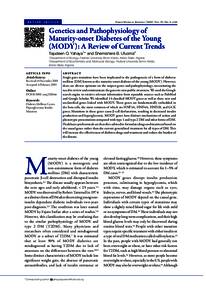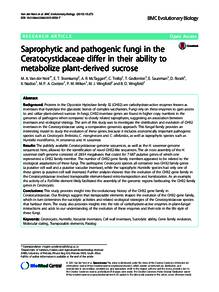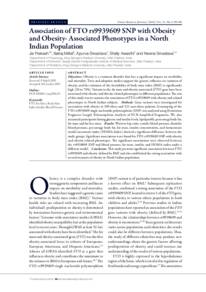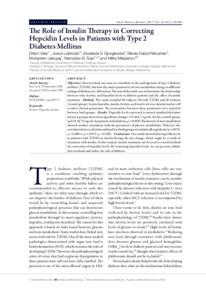Document
Genetics and pathophysiology of maturity-onset diabetes of the young (MODY) : a review of current trends.
Identifier
DOI 10.5001/omj.2020.44
Contributors
Ufuoma, Shemishere B., Author
Publisher
Oman Medical Specialty Board.
Gregorian
2020-05
Language
English
English abstract
Single gene mutations have been implicated in the pathogenesis of a form of diabetes
mellitus (DM) known as the maturity-onset diabetes of the young (MODY). However,
there are diverse opinions on the suspect genes and pathophysiology, necessitating the
need to review and communicate the genes to raise public awareness. We used the Google
search engine to retrieve relevant information from reputable sources such as PubMed
and Google Scholar. We identified 14 classified MODY genes as well as three new and
unclassified genes linked with MODY. These genes are fundamentally embedded in
the beta cells, the most common of which are HNF1A, HNF4A, HNF1B, and GCK
genes. Mutations in these genes cause β-cell dysfunction, resulting in decreased insulin
production and hyperglycemia. MODY genes have distinct mechanisms of action and
phenotypic presentations compared with type 1 and type 2 DM and other forms of DM.
Healthcare professionals are therefore advised to formulate drugs and treatment based on
the causal genes rather than the current generalized treatment for all types of DM. This
will increase the effectiveness of diabetes drugs and treatment and reduce the burden of
the disease.
Member of
Resource URL
Citation
Yahaya, Tajudeen O. & Ufuoma, Shemishere B. (2020). Genetics and pathophysiology of Medica-onset diabetes of the young (MODY) : a review of current trends. Oman Medical Journal, 35 (3), e126 [1-10].
Category
Journal articles







